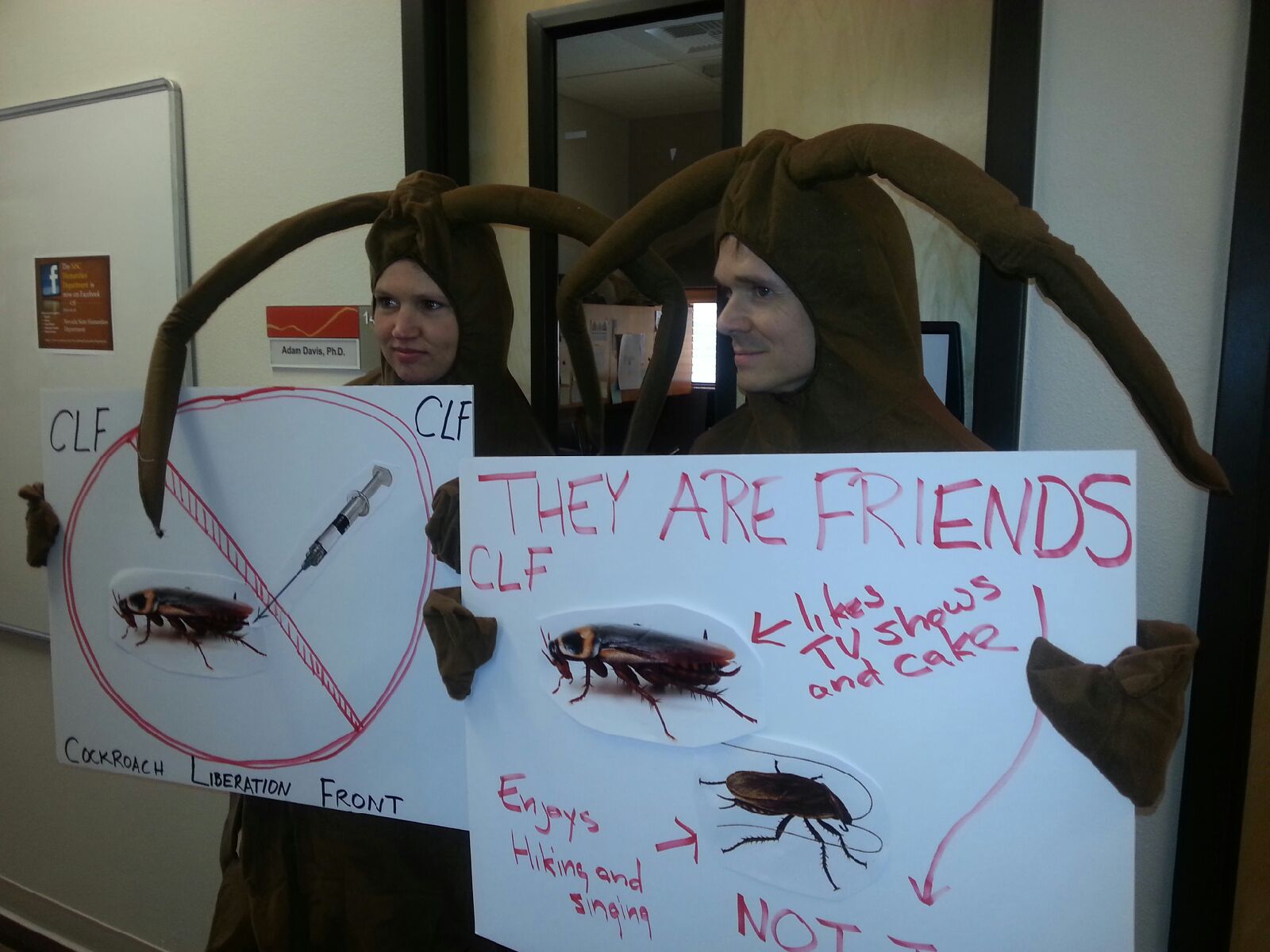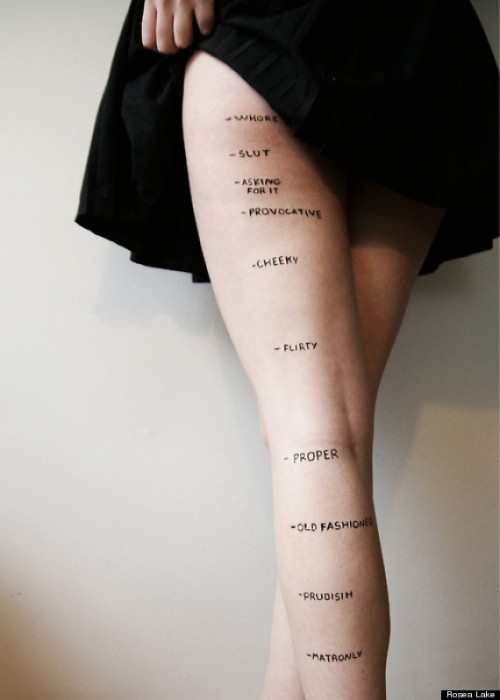The Sexual Politics of Meat is a scathing, powerful analysis of the relationship between the oppression of women and the farming of animals for food. Written by Carol J. Adams and published in 1990, it inspired many a feminist to choose vegetarianism and made many more take pause.
In the six-and-a-half minute video below, she discusses the sexualization and feminization of chicken specifically. She shows lots of examples of the ways in which chicken carcasses are objectified as women: put in high heels, bikinis, sexual positions, etc. We feature many examples of this at our Pinterest board collecting gendered and sexualized food, some of which we’ve borrowed from Adams.
Adams then argues that this is a way to distract us from the fact that we are eating the flesh of an animal that has been killed for us. She writes:
By sexualizing animals, we trigger another thing, that uneasiness becomes sexual energy… and everybody knows what to do about sexual energy. You can laugh at it, you can talk about it, it reduces whoever is presented to an object. And so it makes it okay again.
So the sexualization of animals enters into and participates in the wider issue of “Why are we doing this to animals?” Oh yeah, because it’s funny, because it’s fun, because we can have fun with it. And it takes the ethical out.
Moreover, presenting chicken as dressing up for the male gaze suggests that the animal wants to be consumed. The animal appears to desire to inspire (culinary) lust and, accordingly, it’s okay if you eat her. This works best alongside feminization, as it is women who are typically presented as objects of a lustful male gaze.
Bonus: Fifty Shades of Grey makes an appearance, and not incidentally. In response to its popularity, a book was published called Fifty Shades of Chicken. Here’s the book trailer:
Adams call Grey a “regressive book that implied that despite all the advances feminism has made, women really just wanted to be in bondage.” In both books, she argues, we’re seeing the “packaging and sexualizing [of] dominance over another being.”
Hear it straight from Adams, via Uncooped:
Cross-posted at Pacific Standard.
Lisa Wade, PhD is an Associate Professor at Tulane University. She is the author of American Hookup, a book about college sexual culture; a textbook about gender; and a forthcoming introductory text: Terrible Magnificent Sociology. You can follow her on Twitter and Instagram.























